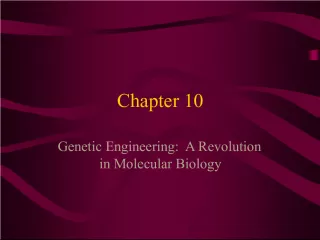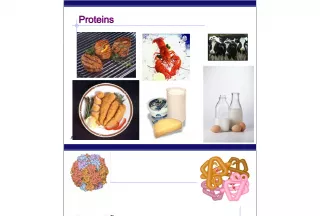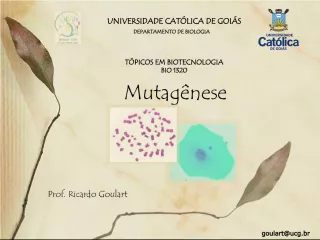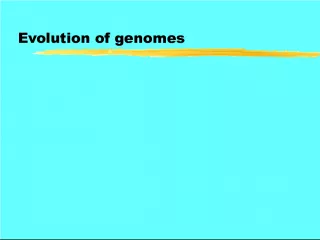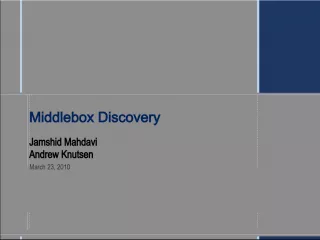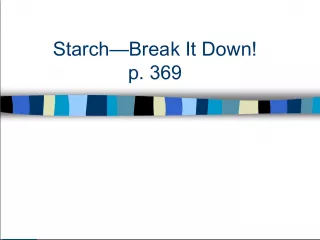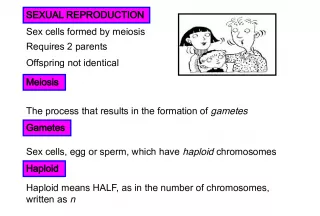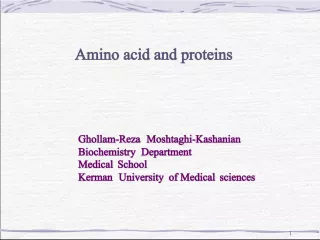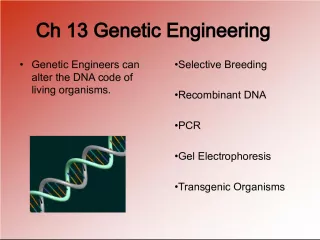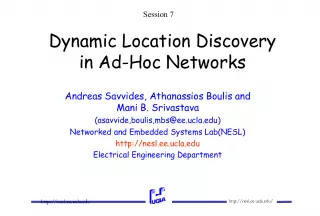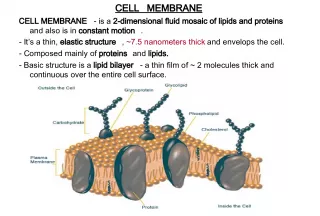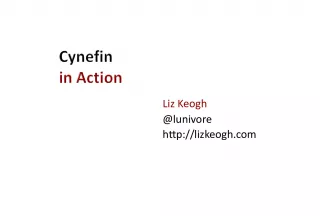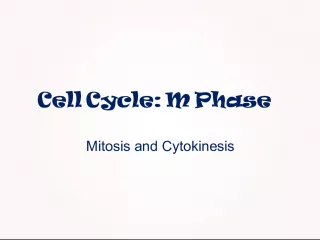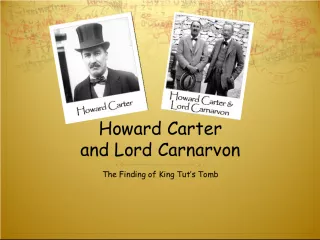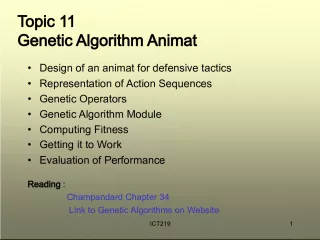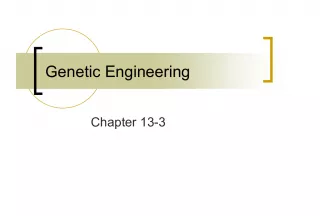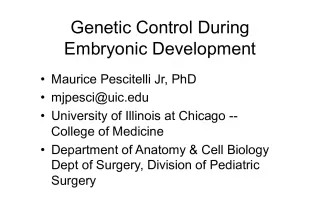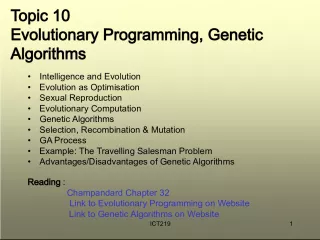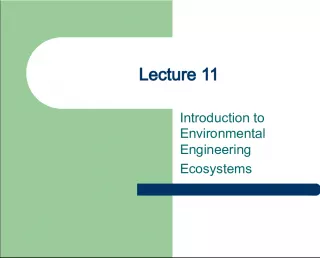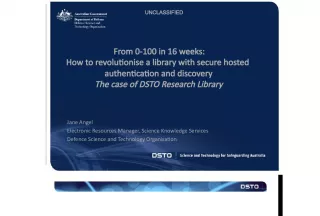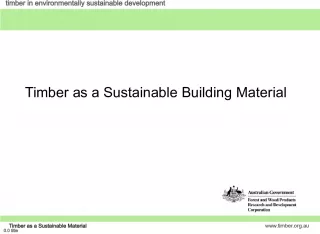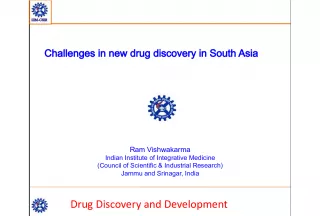The Discovery of DNA as the Genetic Material and the Debate Over Proteins
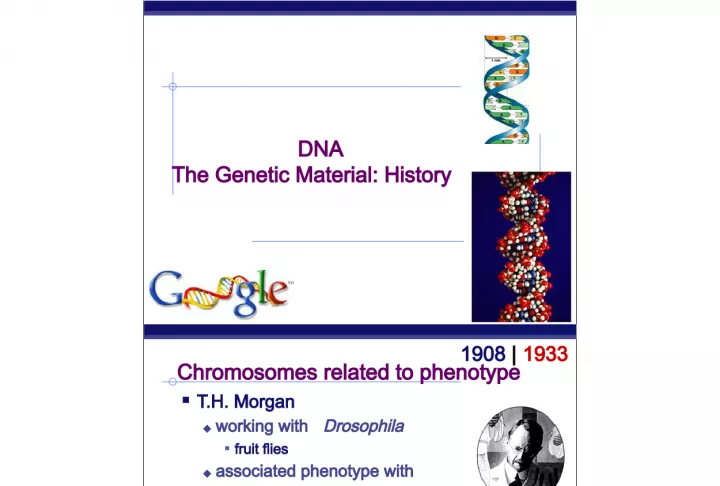

This article discusses the historical research of T.H. Morgan on chromosomes and the identification of genes as being located on chromosomes. It also explores the initial belief that proteins were the genetic material and the reasons behind this perspective.
- Uploaded on | 0 Views
-
 hagann
hagann
About The Discovery of DNA as the Genetic Material and the Debate Over Proteins
PowerPoint presentation about 'The Discovery of DNA as the Genetic Material and the Debate Over Proteins'. This presentation describes the topic on This article discusses the historical research of T.H. Morgan on chromosomes and the identification of genes as being located on chromosomes. It also explores the initial belief that proteins were the genetic material and the reasons behind this perspective.. The key topics included in this slideshow are AP Biology, DNA, genetic material, chromosomes, T.H. Morgan, proteins,. Download this presentation absolutely free.
Presentation Transcript
1. AP Biology 4/21/2015 DNA The Genetic Material: History
2. AP Biology Chromosomes related to phenotype T.H. Morgan working with Drosophila fruit flies associated phenotype with specific chromosome white-eyed male had specific X chromosome 1908 | 1933
3. AP Biology Genes are on chromosomes Morgans conclusions genes are on chromosomes but is it the protein or the DNA of the chromosomes that are the genes? initially proteins were thought to be genetic material Why? 1908 | 1933 What s so impressive about proteins?!
4. AP Biology The Transforming Principle 1928 Frederick Griffith Streptococcus pneumonia bacteria was working to find cure for pneumonia harmless live bacteria (rough) mixed with heat-killed pathogenic bacteria (smooth has a mucus coating) causes fatal disease in mice a substance passed from dead bacteria to live bacteria to change their phenotype Transforming Principle
5. AP Biology The Transforming Principle Transformation = change in phenotype something in heat-killed bacteria could still transmit disease-causing properties live pathogenic strain of bacteria live non-pathogenic strain of bacteria mice die mice live heat-killed pathogenic bacteria mix heat-killed pathogenic & non-pathogenic bacteria mice live mice die A. B. C. D.
6. AP Biology Griffiths hypothesis: When live, harmless bacteria and heat-killed bacteria are mixed, the heat-killed bacteria passed on disease-causing information to the live cells of the harmless bacteria, causing harmless bacteria to transform into bad bacteria Transforming Factor This factor was probably a gene because he noticed that the offspring inherited the disease as well Suggested DNA was genetic material What Griffiths experiment proved
7. AP Biology The process during which bacteria are changed by absorbing genetic material from an outside source Transformation definition:
8. AP Biology http://www.youtube.com/watch?v=FnX GhMbDyi4 Griffiths experiment video
9. AP Biology DNA is the Transforming Principle Avery, McCarty & MacLeod purified both DNA & proteins (component of chromosomes) separately from Streptococcus pneumonia bacteria which will transform non-pathogenic bacteria? injected protein into bacteria no effect injected DNA into bacteria transformed harmless bacteria into virulent bacteria 1944 What s the conclusion? mice die
10. AP Biology Oswald Avery Maclyn McCarty Colin MacLeod Avery, McCarty & MacLeod Conclusion first experimental evidence that DNA was the genetic material-not protein 1944 | ?? !!
11. AP Biology Scientists were still skeptical Protein is made of 20 amino acids. DNA is made of only 4nucleotides. Didnt make sense They thought, DNA is too simple!
12. AP Biology Confirmation of DNA Hershey & Chase classic blender experiment worked with bacteriophage viruses that infect bacteria grew phage viruses in 2 media, radioactively labeled with either 35 S in their proteins 32 P in their DNA infected bacteria with labeled phages 1952 | 1969 Hershey Why use S ulfur vs. P hosphorus?
13. AP Biology Protein coat labeled with 35 S DNA labeled with 32 P bacteriophages infect bacterial cells T2 bacteriophages are labeled with radioactive isotopes S vs. P bacterial cells are agitated to remove viral protein coats 35 S radioactivity found in the medium 32 P radioactivity found in the bacterial cells Which radioactive marker is found inside the cell? Which molecule carries viral genetic info? Hershey & Chase
14. AP Biology
15. AP Biology http://www.youtube.com/watch?v=YG3 d77SRWZI Phage video
16. AP Biology Blender experiment Radioactive phage & bacteria in blender 35 S phage radioactive proteins stayed in supernatant therefore viral protein did NOT enter bacteria 32 P phage radioactive DNA stayed in pellet therefore viral DNA did enter bacteria Confirmed DNA is transforming factor Taaa-Daaa !
17. AP Biology Hershey & Chase Alfred Hershey Martha Chase 1952 | 1969 Hershey
18. AP Biology Chargaff DNA composition: Chargaffs rules varies from species to species all 4 bases not in equal quantity bases present in characteristic ratio humans: A = 30.9% T = 29.4% G = 19.9% C = 19.8% 1947 That s interesting ! What do you notice? Rules A = T C = G
19. AP Biology Structure of DNA Watson & Crick developed double helix model of DNA other leading scientists working on question: Rosalind Franklin Maurice Wilkins Linus Pauling 1953 | 1962 Franklin Wilkins Pauling
20. AP Biology Watson and Crick 1953 article in Nature Crick Watson
21. AP Biology http://www.youtube.com/watch?v=OiiF VSvLfGE Watson and Crick speak
22. AP Biology Rosalind Franklin (1920-1958)
23. AP Biology http://www.youtube.com/watch?v=rjW- dZBPCsQ&feature=related History of DNA video- summary
